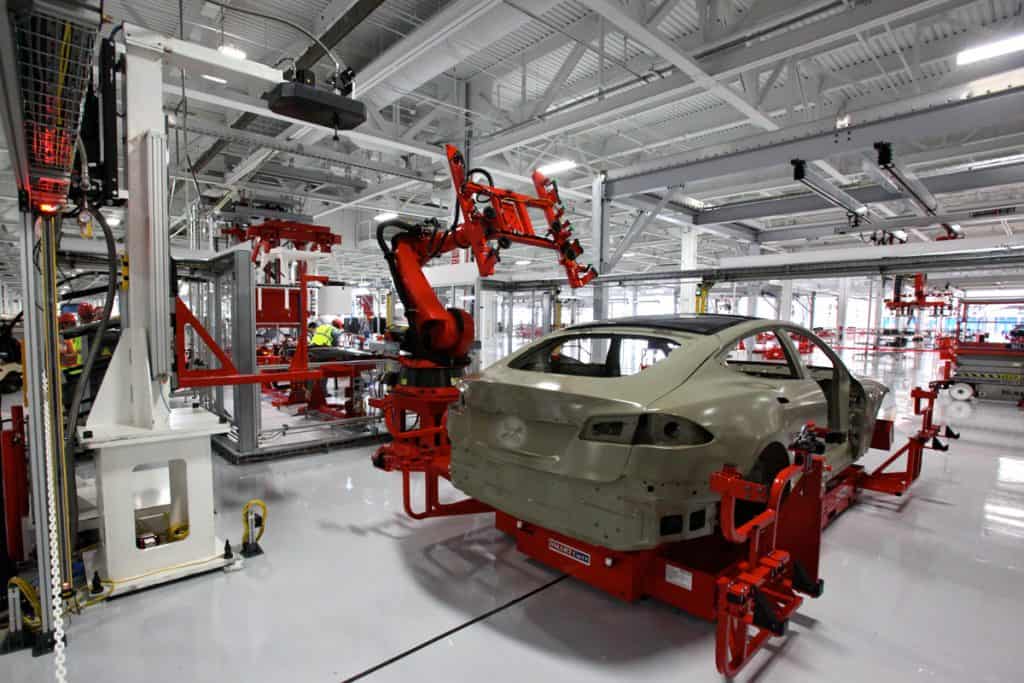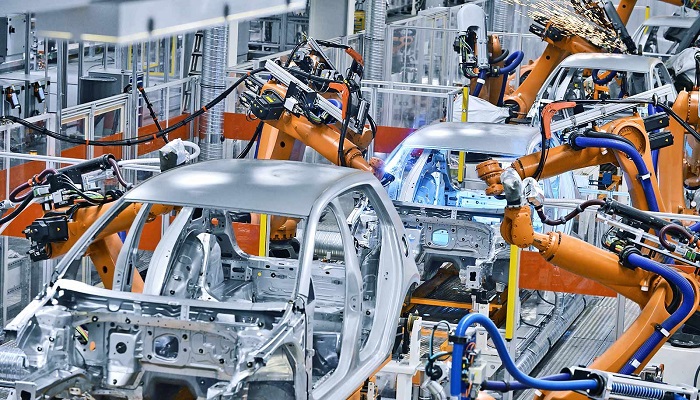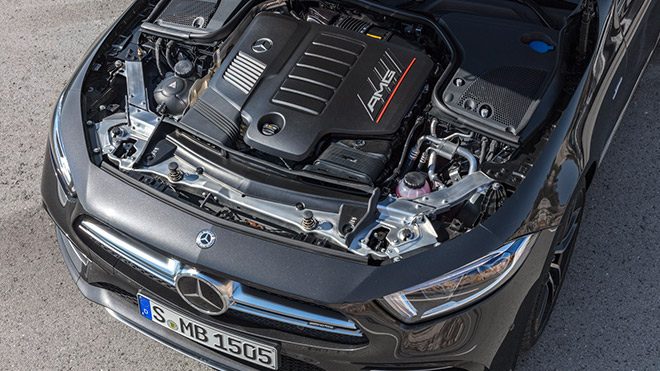Transform Your Ride with Expert Rust Restoration Tips

rust restoration is an art that can breathe new life into a vehicle, reclaiming its original luster and ensuring its longevity. The battle against rust is a common struggle for car enthusiasts, but with the right techniques and tools, it’s possible to restore your ride to its former glory. Whether you’re dealing with minor blemishes or extensive corrosion, expert rust restoration tips can guide you through the process of reviving your vehicle. This comprehensive guide will explore essential strategies and practical advice to help you transform your ride with confidence.

Understanding the Rust Problem
What is Rust and How Does it Form?
rust restoration is a form of iron oxide that occurs when iron or its alloys, such as steel, react with oxygen and moisture. This chemical reaction, known as oxidation, leads to the gradual deterioration of metal surfaces. Understanding the rust formation process is crucial for effective rust restoration, as it helps in identifying the extent of damage and the most appropriate treatment methods.
Common Signs of Rust Damage
Recognizing rust restoration damage early can prevent it from spreading and causing more extensive harm. Common signs include:
- Surface Rust: This appears as reddish-brown spots on the metal surface. It is usually the initial stage of rusting and affects only the outer layer of the metal.
- Scale Rust: Deeper rust that forms flaky, uneven patches. It indicates more severe corrosion and may affect the structural integrity of the metal.
- Penetrating Rust: This is the most advanced stage, where rust has eaten through the metal, creating holes and significant structural damage.
Essential Tools and Materials for Rust Restoration
Safety Gear
Before starting any rust restoration project, ensure you have the proper safety gear. Rust removal often involves abrasive techniques and chemicals, so protect yourself with:
- Safety goggles
- Nitrile gloves
- Respirators or masks
Tools and Equipment
To effectively tackle rust restoration, you’ll need the right tools and equipment:
- Wire Brushes: For removing loose rust and paint.
- Sandpaper or Abrasive Discs: For smoothing out rusted areas and preparing surfaces for treatment.
- Rust Converter: A chemical that neutralizes rust and prevents further corrosion.
- Primer and Paint: To seal and protect the restored surface.
- Body Filler: For filling in any holes or dents caused by rust damage.
Step-by-Step Guide to Rust Restoration
1. Assess the Damage
Begin by thoroughly inspecting the vehicle to assess the extent of rust restoration damage. Check both the exterior and interior surfaces, including undercarriage and hidden areas. This assessment will help determine the scope of work and the materials required for the rust restoration process.
2. Remove the Rust
Surface Preparation
Prepare the rusted areas by cleaning them thoroughly. Remove any dirt, grime, and loose rust restoration using a wire brush or a power tool with a wire brush attachment. For stubborn rust, use a rust remover gel or paste to break down the corrosion.
Sanding and Abrading
After removing the loose rust restoration, sand the affected areas to smooth out the surface. Use coarse sandpaper or abrasive discs to remove any remaining rust and paint. Gradually switch to finer grits to achieve a smooth finish. For larger rust patches, consider using a sanding block or power sander for efficiency.
3. Apply Rust Converter
Once the rusted areas are clean and smooth, apply a rust restoration converter. This product transforms rust into a stable, paintable surface. Follow the manufacturer’s instructions for application, ensuring even coverage and allowing sufficient drying time before proceeding.
4. Fill and Smooth
For rust restoration damage that has created holes or dents, use body filler to repair these imperfections. Apply the filler in thin layers, allowing each layer to dry and sanding it smooth before applying additional layers if needed. This step is crucial for achieving a seamless finish.
5. Prime and Paint
Primer Application
Apply a rust-inhibiting primer to the treated areas. The primer provides a protective layer that helps the paint adhere better and prevents future rust restoration. Choose a primer that matches the type of paint you plan to use and apply it evenly. Allow it to dry completely before proceeding to the next step.
Painting
Once the primer is dry, apply the topcoat paint. Use automotive paint that matches the original color of your vehicle. Apply multiple thin coats, allowing each coat to dry before applying the next. This method ensures a smooth, even finish and better coverage.
6. Final Touches
After the paint has dried, inspect the restored areas for any imperfections. Lightly sand and polish the surface if needed to achieve a glossy, seamless finish. Apply a clear coat for additional protection and shine.
Preventing Future Rust Damage
Regular Maintenance
To keep rust restoration at bay, regularly maintain your vehicle by washing and waxing it. Pay special attention to areas prone to moisture accumulation, such as wheel wells and undercarriage. Regular inspections can also help identify and address any signs of rust early.
Protective Coatings
Consider applying a rust-proofing coating or undercoating to protect vulnerable areas from future corrosion. These products create a barrier between the metal surface and environmental elements, reducing the risk of rust restoration.
Professional Rust Restoration Services
For extensive rust restoration damage or if you prefer a professional touch, consider seeking out specialized rust restoration services. Experienced technicians can handle complex repairs and provide a high-quality finish. Look for reputable service providers with positive reviews and a track record of successful rust .
rust restoration
Transforming your ride with expert rust restoration tips requires a blend of knowledge, patience, and the right tools. By understanding the rust formation process, equipping yourself with the necessary tools, and following a step-by-step restoration guide, you can effectively address rust damage and restore your vehicle to its original beauty. Regular maintenance and preventive measures will help keep rust at bay, ensuring your ride remains in top condition for years to come. Embrace the challenge of rust restoration with confidence and enjoy the satisfaction of seeing your vehicle shine like new.






